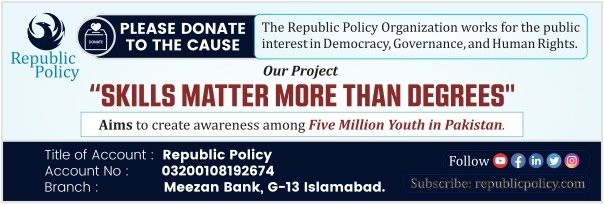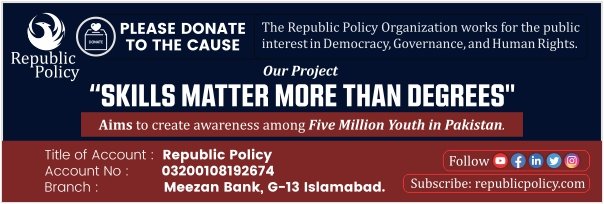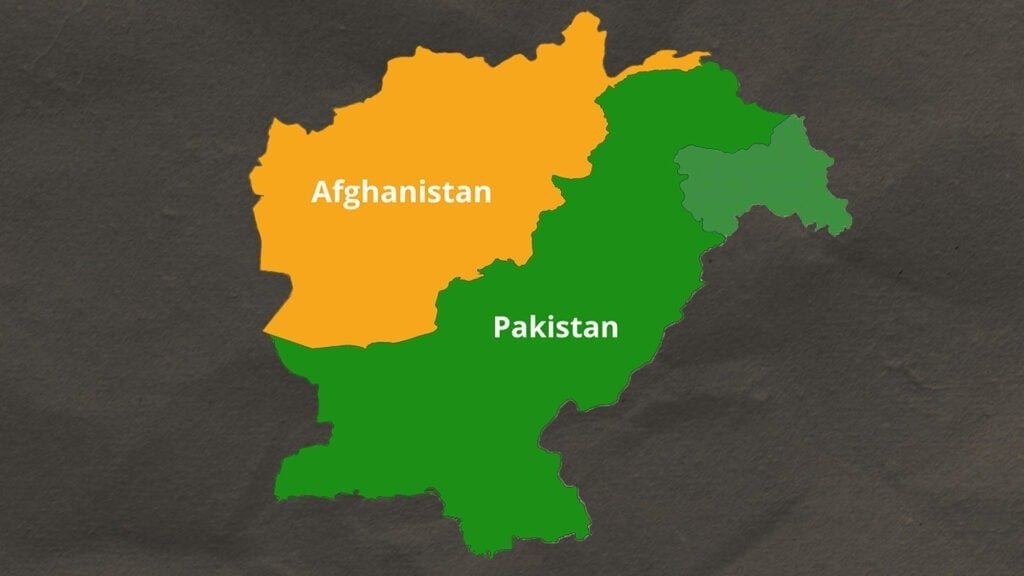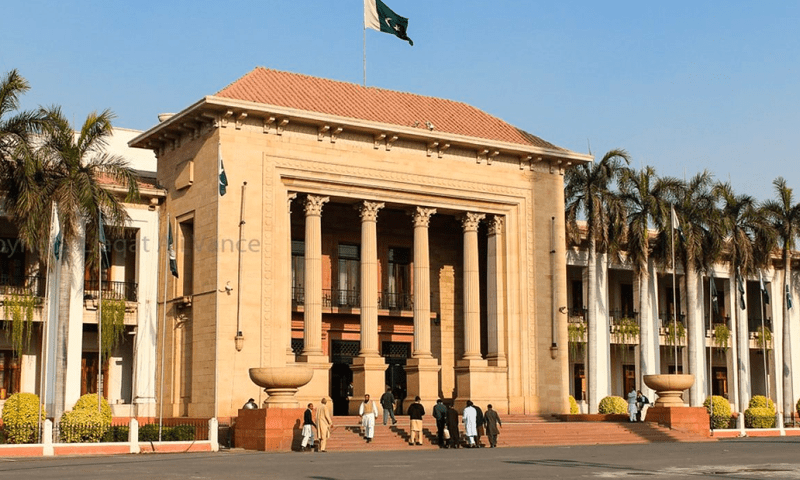Hafiz Ahmed Zeeshan
Abstract: In developing countries, millions of children remain out of school, hindering their individual potential and the overall progress of their nations. This research article explores the crucial importance of educating out-of-school children (OOSC) for these countries, examining the detrimental consequences of not doing so and the multifaceted benefits that education brings. Analyzing successful interventions and challenges faced, the article emphasizes the need for a comprehensive approach that addresses societal, economic, and individual barriers to access and completion. By investing in quality education for OOSC, developing countries can unlock a brighter future for their children and societies.
Introduction:
Globally, despite significant progress, 130 million children remain out of school, with the majority concentrated in developing countries. This educational gap represents a significant barrier to achieving Sustainable Development Goals and hinders development across various sectors. OOSC often face a cycle of poverty, limited opportunities, and vulnerability, perpetuating inequalities and hindering social and economic progress.
The Cost of Inaction:
Failing to educate OOSC comes at a significant cost, both human and economic. OOSC experience lower health outcomes, higher rates of unemployment and poverty, and limited participation in civic life. This can hinder economic growth, social mobility, and undermine the potential of the workforce. Additionally, unaddressed grievances of marginalized OOSC communities can fuel social unrest and instability.
The Benefits of Education:
Investing in OOSC education offers a multitude of benefits. Education empowers individuals with knowledge, skills, and critical thinking abilities, enabling them to participate more actively in their communities and contribute to the economy. Educated individuals are more likely to earn higher incomes, enjoy better health, and contribute to improved health outcomes for their families. Additionally, education promotes gender equality, reduces child marriage, and fosters peaceful and tolerant societies.
Successful Interventions:
Several interventions have shown success in increasing school enrollment and completion rates for OOSC. These include:
- Flexible and accessible learning programs: Tailoring education to the needs of OOSC by offering flexible schedules, accelerated learning options, and relevant skills training can increase engagement and completion rates.
- Community involvement and partnerships: Collaboration with local communities, NGOs, and private sector actors can leverage local knowledge, mobilize resources, and address specific barriers faced by OOSC.
- Addressing gender disparities: Addressing underlying gender inequalities and providing targeted support for girls’ education is crucial for achieving gender equality and unlocking the full potential of OOSC girls.
- Technology-enabled solutions: Utilizing technology for remote learning, educational resources, and data collection can improve access and efficiency in reaching OOSC populations.
Challenges and Considerations:
Despite the potential, several challenges remain in effectively educating OOSC. These include:
- Limited financial resources: Developing countries often face resource constraints, making it difficult to allocate sufficient funds to OOSC education programs.
- Complex needs of OOSC: Addressing the diverse needs and backgrounds of OOSC requires tailored approaches and flexibility in program design.
- Monitoring and evaluation: Robust monitoring and evaluation systems are essential to assess the effectiveness of interventions and ensure accountability.
Educating OOSC is not only a moral imperative, but also a strategic investment in the future of developing countries. By recognizing the detrimental consequences of inaction and the transformative power of education, stakeholders can work together to implement effective, comprehensive, and context-specific solutions. By prioritizing OOSC education, developing countries can unlock a brighter future characterized by empowered individuals, thriving economies, and inclusive societies.
Ensuring Education for All: Strategies for Enrolling Out-of-School Children in Pakistan
Pakistan faces a significant challenge: millions of children remain out of school, hindering individual and national progress. Addressing this issue requires a multifaceted approach involving federal, provincial governments, civil society, and private organizations. Here’s a critical evaluation of potential strategies for each stakeholder:
Federal Government:
- Policy and Legislation: Develop and enforce comprehensive education policies that prioritize OOSC enrollment. This includes allocating adequate funding, setting clear targets, and strengthening legal frameworks to guarantee education for all.
- Universal Basic Education: Implement a nationwide program offering free and compulsory primary education, ensuring quality and accessibility for all children.
- Data-Driven Decision Making: Invest in data collection, analysis, and monitoring systems to track progress, identify specific needs, and evaluate the effectiveness of interventions.
Provincial Governments:
- Decentralized Implementation: Empower provincial governments to tailor interventions to local contexts and address unique challenges faced by OOSC in their regions.
- Community Partnerships: Collaborate with local communities, religious leaders, and NGOs to build trust, overcome cultural barriers, and mobilize support for enrollment drives.
- Conditional Cash Transfers: Offer targeted financial incentives to families facing economic hardships, encouraging them to enroll their children in school.
Civil Society:
- Advocacy and Awareness: Raise awareness about the importance of education and the detrimental effects of remaining out of school. Advocate for policies and funding that prioritize OOSC education.
- Alternative Education Models: Develop and implement flexible, non-formal education programs that cater to the diverse needs of OOSC, particularly those in rural areas or facing unique challenges.
- Community Mobilization: Organize community-based campaigns to encourage enrollment and address local barriers, such as child labor or cultural norms.
Private Organizations:
- Corporate Social Responsibility: Encourage private companies to invest in OOSC education through scholarships, skills development programs, and partnerships with NGOs or government initiatives.
- Technology Solutions: Utilize technology to develop innovative learning platforms, educational content, and data collection tools that can improve access, engagement, and efficiency.
- Volunteer Programs: Mobilize volunteers to provide tutoring, mentoring, and other support services to OOSC, enhancing their learning experience and motivation to stay in school.
Challenges and Considerations:
- Funding: Securing sufficient and sustained funding remains a major challenge, requiring innovative financing mechanisms and public-private partnerships.
- Quality of Education: Ensuring quality education alongside increased enrollment is crucial to prevent dropouts and maximize the impact of interventions.
- Monitoring and Evaluation: Robust monitoring and evaluation systems are essential to assess progress, identify areas needing improvement, and ensure accountability.
- Addressing Root Causes: Tackling poverty, child labor, and other underlying social issues that contribute to OOSC is crucial for long-term success.
Enrolling OOSC requires a collaborative effort from all stakeholders. By implementing effective strategies, addressing challenges, and working towards shared goals, Pakistan can create a future where every child has access to quality education, empowering them to contribute to a more prosperous and equitable society.















